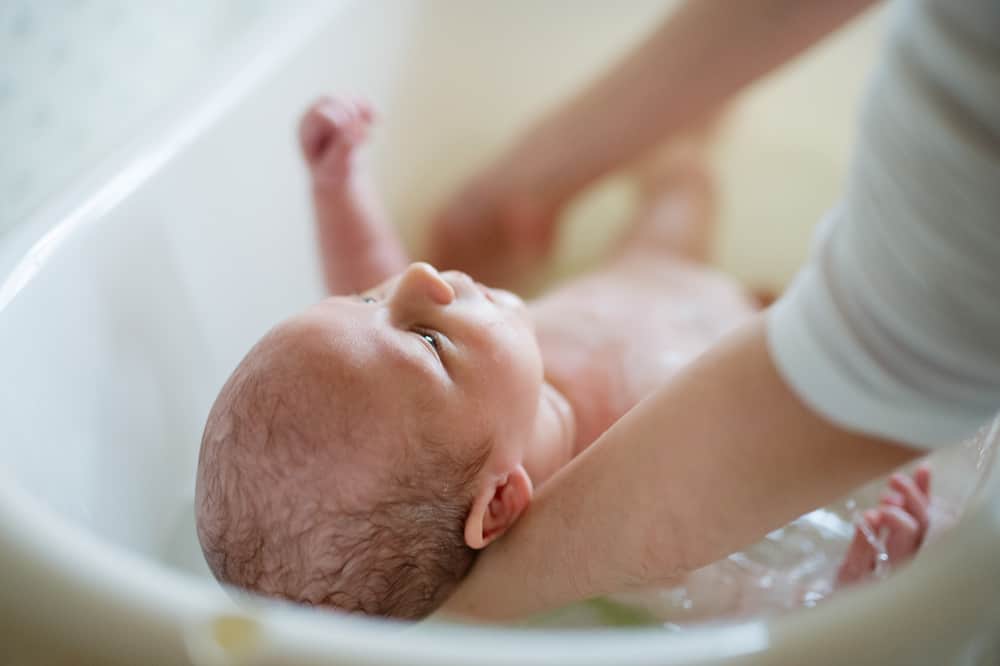Most first-time parents feel incredibly overwhelmed. There’s so much to do and never enough time to do it. You are running on little-to-no sleep, and yet you are expected to be responsible for this tiny little life. Thankfully, there are parents out there who have been through this before.
There are absolute pros out there who are willing to give their best tips on how to crush this whole parenting thing. We brought you some of the best “baby hacks” we could find. Check out these 40 baby hacks that will upgrade your life instantly.

40. Reuse Foam Soap Dispensers for Baby Wash
If you use foaming hand soap in your bathroom or kitchen, be sure to save those plastic containers. Not only can you reduce waste by repurposing them, but you can also make an incredibly convenient bathtime time saver: foaming baby wash. To make a batch of foaming baby wash, simply combine one part baby shampoo of your choice with one part water, and fill a cleaned, rinsed old foam soap dispenser. Now you’ll have an easy-to-use pre-lathered baby soap that is faster and easier to spread on your baby’s skin, cutting down on the time required and stress of bath time.

Make sure you carefully clean out any old soap containers you use, especially if the soap was harsh, strong-scented, or antibacterial, as any residue would be too harsh for a baby’s sensitive skin. Suppose you’re worried about old soap residue or have a baby with especially sensitive skin. In that case, you can buy new soap dispensers that are designed to be foaming so you can get the same easy-lathering effect without having to spend the time cleaning out old bottles. Ensure you use a reasonably sized bottle to go through your mixture quickly so the water doesn’t become stale.
